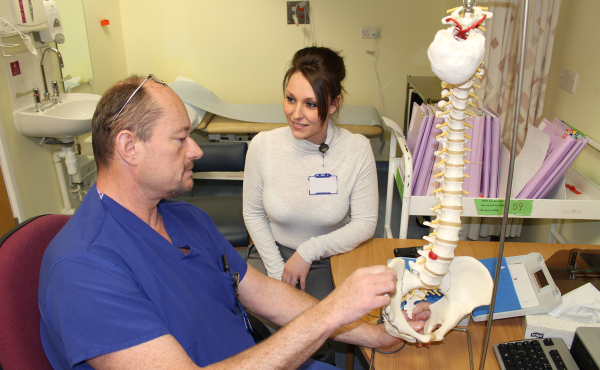Workforce Planning
The Faculty collects data on the Pain Medicine medical workforce
This allows the Faculty to advise on current and future training needs and has been used to contribute to submissions to national data collections.
FPM censuses
Censuses have been undertaken in 2012, 2015, 2017 and 2022. The data collected has been used to contribute to submissions to various UK-wide national stakeholders, including the Department of Health and Health Education England.
Key Themes from the 2022 census
- The proportion of female doctors in Pain Medicine has increased and the workforce is getting older;
- The vast majority of Pain Consultants list Anaesthesia as their base specialty. The forthcoming Credential in Specialist Pain Medicine will open the route of training to clinicians from a range of specialty backgrounds, ensuring a wider potential future workforce;
- The majority of the respondents’ scope of pain practice was entirely in adult pain medicine, with 5% undertaking a role purely in paediatric pain medicine;
- The majority of doctors in Pain Medicine plan to reduce their working hours and/or retire earlier because of recent changes to the NHS Pension Scheme, Pension Tax Reforms or the McCloud Remedy;
- There are significant challenges in recruitment. 48% of Clinical Leads reported they had vacant consultant posts in their pain department.
You can download the FPM Census Report from 2022 via the link below
Appointment Advisory Committee (AAC) Data
The table below shows the number of Consultants posts with an interest in Pain Medicine available since 2007. The table also shows the number of AAC panels which were cancelled during the same period; panels are cancelled for a number of reasons however, the most common cause is a lack of suitable applicants.
|
Year |
Consultant Posts |
AACs Cancelled |
|---|---|---|
|
2007 |
32 |
3 |
|
2008 |
38 |
3 |
|
2009 |
38 |
1 |
|
2010 |
31 |
6 |
|
2011 |
19 |
0 |
|
2012 |
39 |
3 |
|
2013 |
31 |
2 |
|
2014 |
46 |
8 |
|
2015 |
48 |
6 |
|
2016 |
37 |
7 |
|
2017 |
44 |
3 |
|
2018 |
43 |
6 |
| 2019 | 36 | 3 |
| 2020 | 21 | 5 |
| 2021 | 17 | 1 |
| 2022 | 20 | 1 |
Figures taken from the RCoA AAC data.
What to know more about commissioning of services?
Read on to find out more about how specialist pain services are commissioned in the UK.



